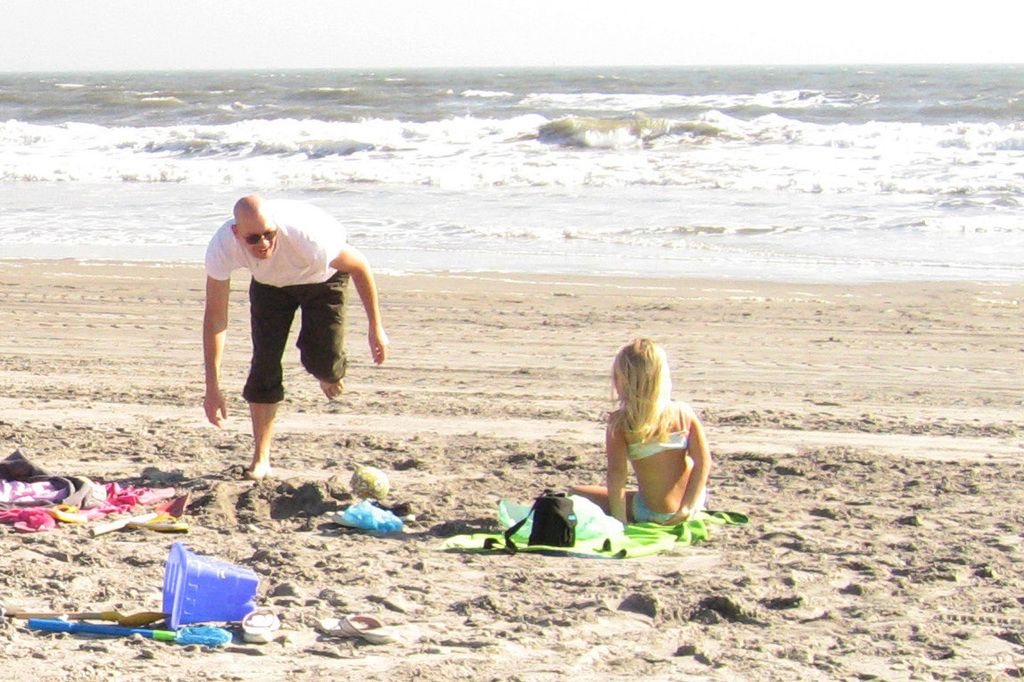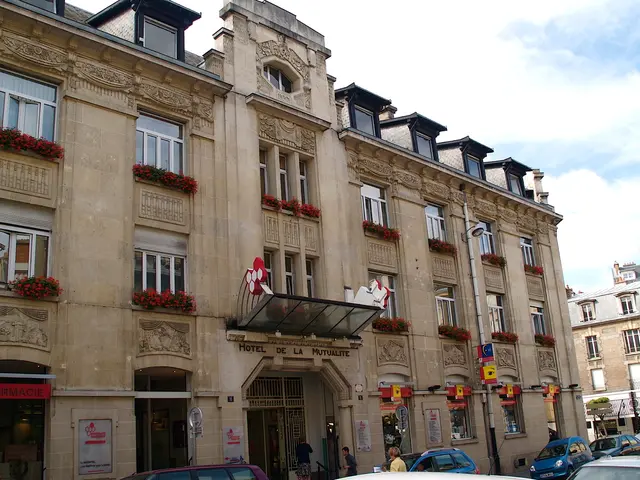Dehoga's Wilhelmshaven Gathering: VAT on Restaurant Food in the Spotlight
Approximately 250 attendees from Lower Saxony's hotel and restaurant association, Dehoga, will convene at their three-day state association conference in Wilhelmshaven starting Monday (1 p.m.). Leaders, Detlef Schröder (president) and Rainer Balke (managing director), will discuss the outcomes of their meetings. The hospitality sector is currently grappling with the government's announcement to reimplement the 19% Value-added Tax (VAT) rate on restaurant food—a decision that raises concerns. As per industry experts, this tax hike, expected in early 2024, could lead to catastrophic consequences for businesses and a financially detrimental shock for patrons.
Anxiety from the hospitality industry centers on the tax hike's prospective impact on the labor market. With the potential for job losses and heightened operational expenses, businesses may struggle. Advocates in the educational sphere emphasize the importance of investing in specialized education and training programs for the hospitality industry workforce. These initiatives could equip employees with the tools needed to navigate the tax changes and safeguard their industry's competitiveness.
Deciphering the Ramifications
- Exorbitant Business Costs: The reinstatement of the 19% VAT rate could substantially increase operational costs for restaurants, possibly pushing up menu prices and reducing demand from consumers.
- Workforce Stability and Livelihoods: Higher operational expenses might compel restaurants to downsize their workforces or adopt budget-conserving measures, inflicting negative impacts on employee job security and the industry as a whole.
- Consumer Spending Patterns: Higher menu prices due to VAT might cause a decline in consumer spending on dining out, potentially affecting overall economic engagement with the hospitality sector.
- Competitive Edge: Restaurants may encounter a competitive disadvantage compared to alternative dining alternatives, such as home-cooked meals or takeout services, which customers may perceive as more cost-effective.
Crafting Resolutions
- Price Strategy Adjustments: Restaurants could modify their pricing strategies to compensate for the increased VAT cost without significantly escalating consumer prices—possibly through reduced profit margins or cost-cutting measures.
- Menu Engineering: Restaurants could rework their menus to prioritize high-margin dishes or offer more affordable value options, ensuring consumer affordability isn't compromised.
- Promotions and Discounts: Introducing promotions, discounts, or loyalty programs may help attract customers while minimizing the effects of the elevated VAT rates.
- Boosting Operational Efficiency: Enhancing operational efficiency might assist restaurants in cutting costs and preserving profitability despite the elevated VAT rate.
- Government Assistance: The government could explore providing assistance to the hospitality sector, like tax breaks or subsidies, to mitigate the repercussions of the VAT increase.
- Consumer Awareness Campaigns: Through information campaigns, consumers can be educated about the VAT increase and its impact on the hospitality industry. This could help in managing expectations and safeguarding consumer confidence.
By acknowledging and addressing these potential effects, the hospitality industry and government can collaborate to limit the negative consequences of the VAT rise and ensure the industry's ongoing resilience.








